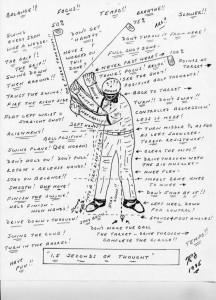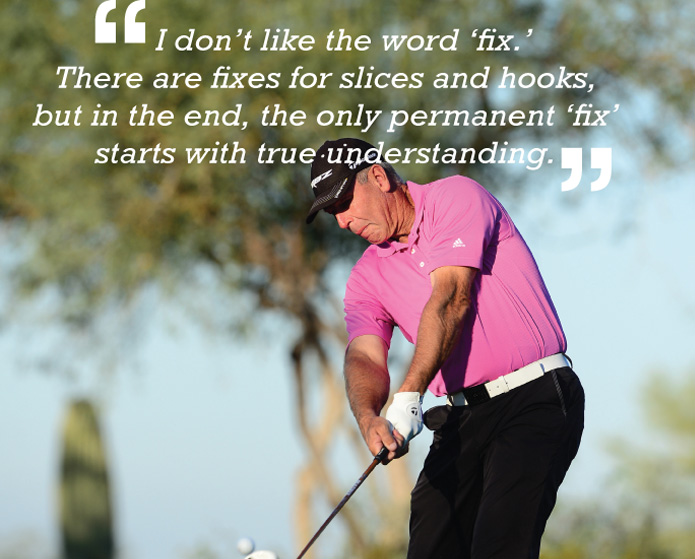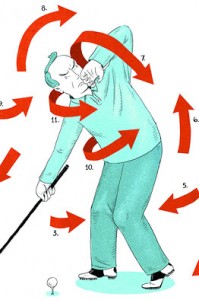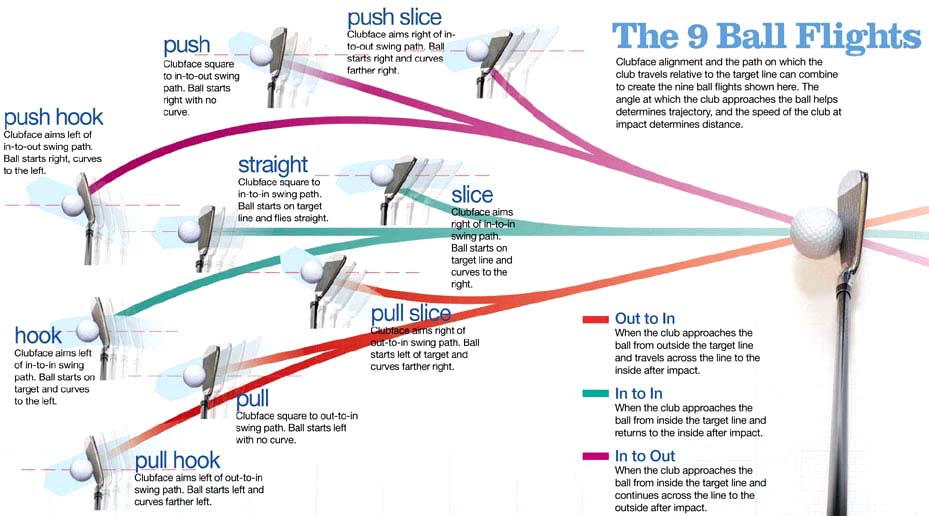The game of golf is as simple, and as complex as any other. Conceptually, it is easy; all you have to do is hit the golf ball into the hole just with a swing of your golf club, that’s it. The physics, relatively simple in the breadth of the field, are just mechanics. A good swing seems nearly effortless, and doesn’t require you to be a built like a Spartan to accomplish. However, every year millions of people all around the world struggle to achieve just a score of “par”, or to maybe break 100, or to even stay on the course. The villain behind the game’s difficulty is akin to the type of substance dualism deliberated by many philosophers like René Descartes. I hope to use my (very fragmentary) experience with golf to explore this mind-body confrontation in order to enhance my understanding of the game’s secrets.
My introduction to the game of golf was a romantic one that lured me into playing the game as I assume it does with most people. I was on vacation in Virginia at the Massanutten Golf Resort surrounded by beautiful courses, perfect weather, and the serenity of nature. I was 12 years old, and in a word my skill level as a greenhorn sucked. Still I was with my family, ambitious, and saw the game as a new challenge. After that I virtually didn’t play golf again until junior year of college. At that time my dad got new clubs, Taylormade, and I got his old ones, Piecesofshit. I began to go to the driving range at Two T’s Golf Course, by Metzgar Fields when I’d get stressed out with school. That range had a little doghouse-like barn about 110 yds away that I would try to hit with my pitching wedge, but hardly ever could. The spark had been created to fuel my fire for understanding the golf swing, so I naturally started watching youtube videos.

All the things you SHOULDN’T think about during your golf swing.
An average professional golf swing lasts only 0.93-1.2 seconds. Three quarters of that time is spent in the backswing. Thus, if something is going wrong, it is most likely going wrong here. It could be your stance, rotation about your spine, out of plane bending in your wrist, movement of your arms, or just about anything else. But to fix these mistakes is nearly impossible to do on your own. A good friend of mine, Matthew Ehrlich, once told me, “Golf is a game of counter intuitions.” A very wise and insightful statement in the context of this discussion.
My struggle with the swing has the same symptoms as what nearly all amateurs struggle with. I’d hit my high irons/wedges thin, and my low irons fat and/or with a slice. Yet, I had no idea what I was doing wrong. Even after reading article after article I could not pin point where my mistakes were. So I tried every tip I read. Some worked, and some didn’t, but either way I never fully understood what they were doing to my swing, there was no connection. I probably could have had the same amount of success by applying the George Costanza rule, and do the opposite of everything I was doing. I needed someone to tell me what to do.
Finally, Matt had moved to Hoboken, and I convinced him to come to the range with me (it was a warm 40 degrees outside). After watching about 3.95 of my swings the diagnosis was made:
1. I was not bringing my hips through. I had read this over and over again, and had thought that I was working on it. That, though, is the dichotomy between the body and the mind, coordination. I never knew what it felt like, or realized what it felt like, to actually bring my hips through and open up room for my arms. So, he gave a drill to do to feel it, and then I could learn the physical sensation associated with that abstract idea.
2. As a result of my slice I opened my stance to attempt to counteract it. Which, without knowing, compounds the problem. Remember how I mentioned swing path and clubface before? Well this did everything you don’t want to do when you swing. It brought the path crossing from right-to-left of the target line, while the face was pointing at the target line (open). So I had to do the opposite and close my stance instead.
3. I was also unknowingly bringing my club inside during my backswing, but again didn’t know why. As it turned out by trying to feel like I was bring the club to the right spot at the top of my backswing I was actually bringing it inside so I would have to over compensate my recovery. Once again my brain was telling my body to do the wrong thing as some sort of compensation. I learned that I was rotating my wrist and folding my arms instead of hinging my wrist to allow the club’s momentum to pull my arms up. How could I have been doing something so wrong without ever knowing it?
 The key to correcting all the problems with my swing, was to try to understand the swing. For me and golf, understanding has to come from the 4 main modes of learning; I have to see it, I have to read about it, I have to listen to it, and then I have to do it, kinetically. But that is easier written than it is executed, after all how can you learn kinetically about something that is kinetic? I had to get used to making all of individual motions of a swing individually.
The key to correcting all the problems with my swing, was to try to understand the swing. For me and golf, understanding has to come from the 4 main modes of learning; I have to see it, I have to read about it, I have to listen to it, and then I have to do it, kinetically. But that is easier written than it is executed, after all how can you learn kinetically about something that is kinetic? I had to get used to making all of individual motions of a swing individually.
After obtaining the idea, visualizing the action, and then completing it with my body I have been able to finally understand more about the golf swing than I ever had before. So, during this miserable winter, I have been going to the range when I can (it’s “heated”), and focused on very minute motions. Now I can say that, although I am sure to still suck at golf, at least I truly understand more of what I am talking about.
Here is Holly Sonders:




